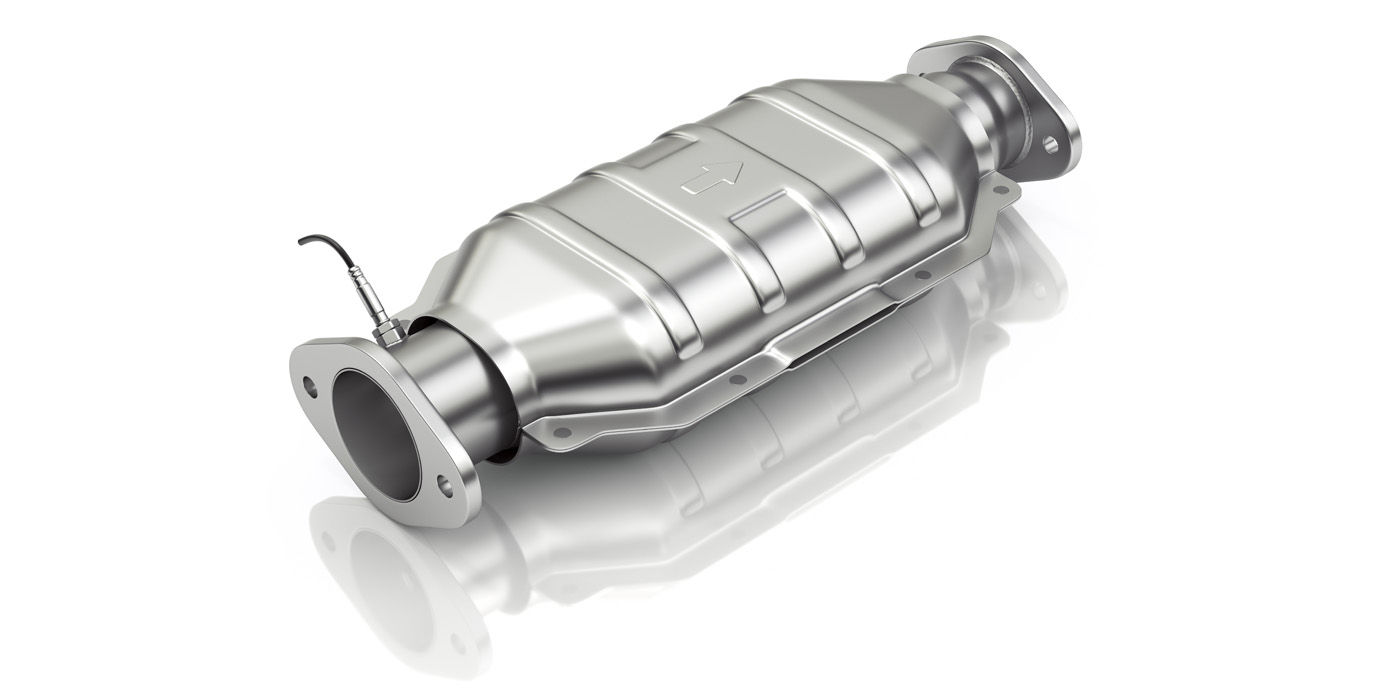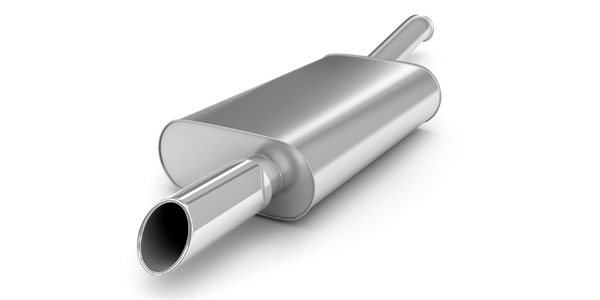Replacing Catalytic Converters
When replacing a catalytic converter, it’s important to know whether the vehicle falls under EPA or CARB emissions standards.

MEYLE Marks 25th Anniversary Of Truck Solutions With NOx Sensor
The sensor complements the company’s truck-electronics range and ensures the best possible performance under extreme loads

What Does a Muffler Really Do?
There’s a lot more to muffler science than meets the eye.

My New Vehicle Was Making Strange Sounds In Its Sleep Last Night
Last night, there was a mysterious sound emanating from underneath the rear half of my vehicle, and that made my imagination run wild.

An Interview With Henry Hippert Of Eastern Catalytic
Counterman recently asked Henry Hippert, executive sales director of Eastern Catalytic, to bring readers up to speed on rules and regulations regarding catalytic converters.
Oxygen Sensors Are Part Of Engine Management
Most O2 sensors are the switching type that generate a rich or lean voltage signal depending on how much unburned oxygen is in the exhaust. A few, like the “titania” O2 sensors in some older Jeep, Nissan and Toyota applications change resistance to indicate a rich or lean condition in the exhaust.
Oxygen Sensors Make Emissions Control Possible
Many technicians prefer to install “exact fit” replacement sensors because they are faster and easier to install and save the time and trouble of having to cut and slice the sensor harness wiring.
Catalytic Converters Are Big-Ticket Items
Original equipment converters are supposed to last upward of 150,000 miles or more, but may fail sooner for a number of reasons.
A Look At O2 Sensors
may be from a lean fuel mixture, or if the engine has a misfire or compression leak — the O2 sensor will produce a low-voltage signal (0.3 volts or less). The PCM reads this as a “lean” signal, increases the duration of the injector pulses, and adds fuel to enrich the fuel mixture. A slightly
When To Replace Sensors And Why
Sensors are designed to last the life of the vehicle or until they wear out.
ASE PS2 Test Preparation Guide: Emission Controls
● POSITIVE CRANKCASE VENTILATION (PCV) — Prevents crankcase blowby vapors from escaping into the atmosphere by siphoning the vapors back into the intake manifold so they can be reburned in the engine. Used since 1968 on most vehicles, the main component is a spring-loaded PCV valve that meters airflow. The PCV valve is usually mounted
ASE PS2 Test Preparation Guide: Exhaust Parts
● MUFFLERS AND RESONATORS — Used to control exhaust noise, the muffler or resonator is mounted behind the catalytic converter. A second muffler or resonator may be located further back for additional sound control. Vehicles with dual exhausts usually have separate mufflers for each side, but some may share a common muffler. Mufflers and resonators
